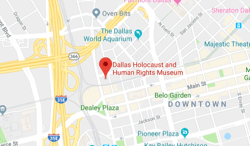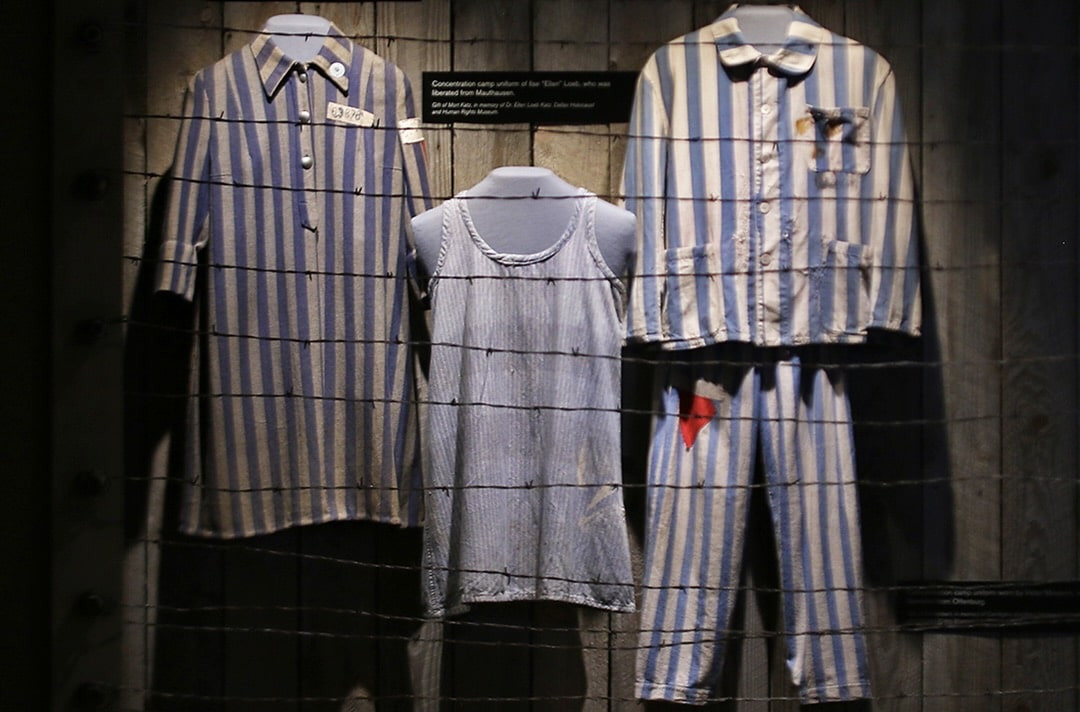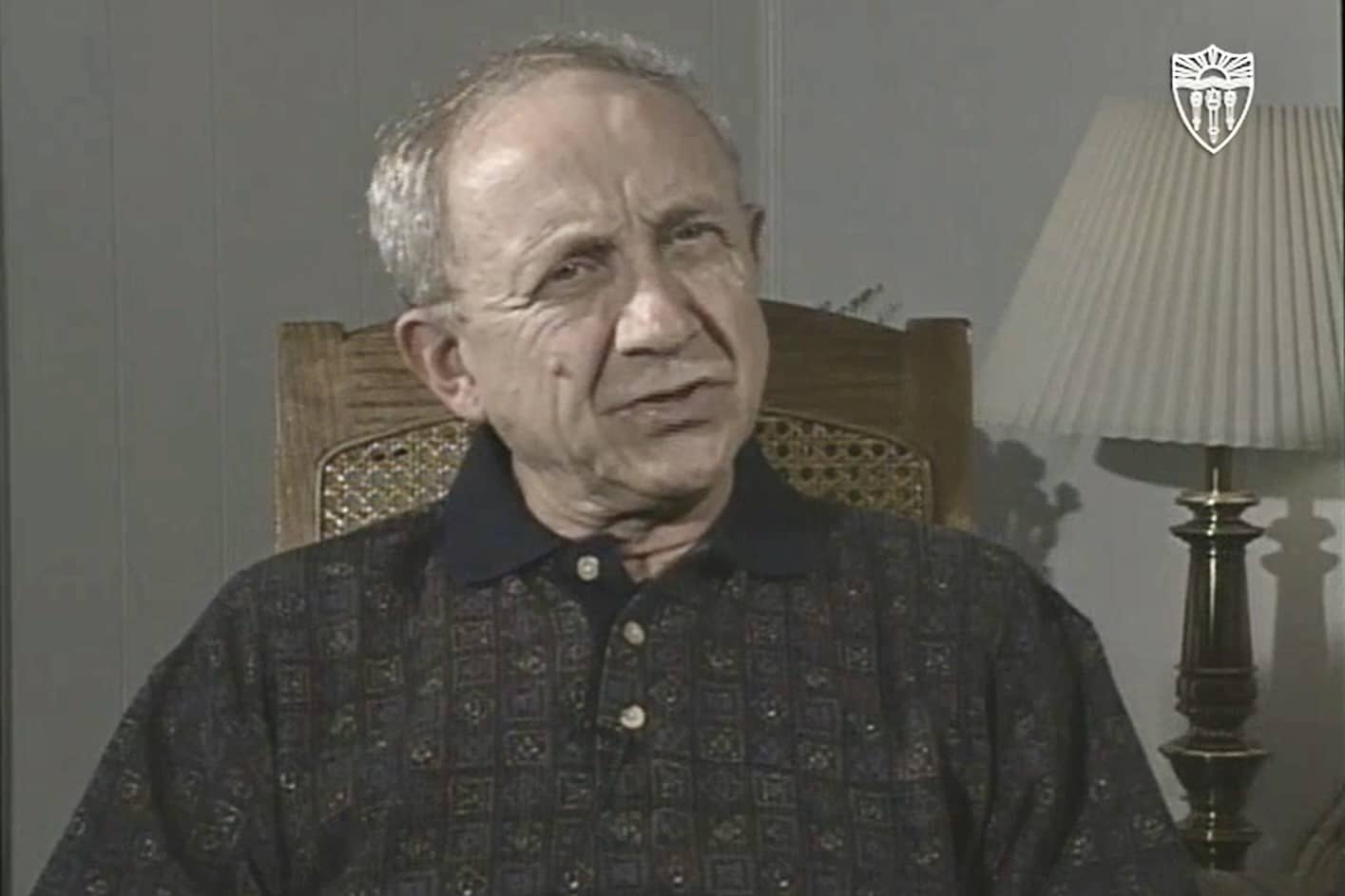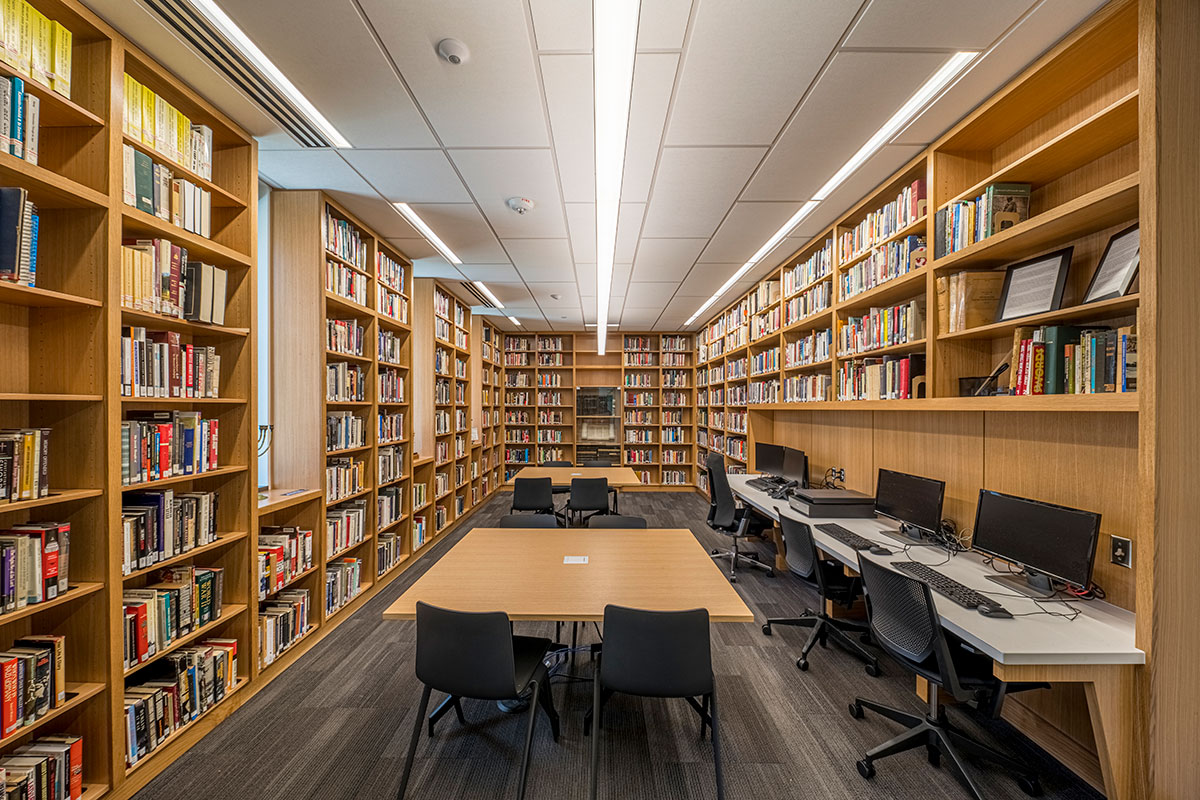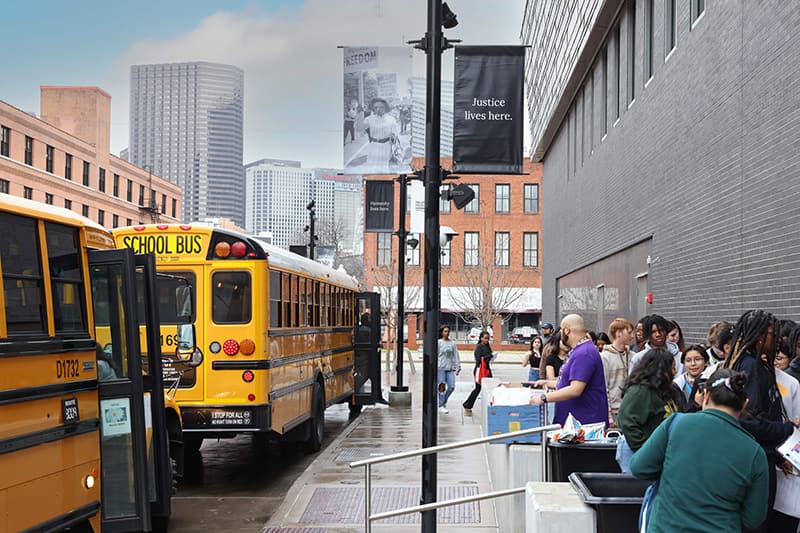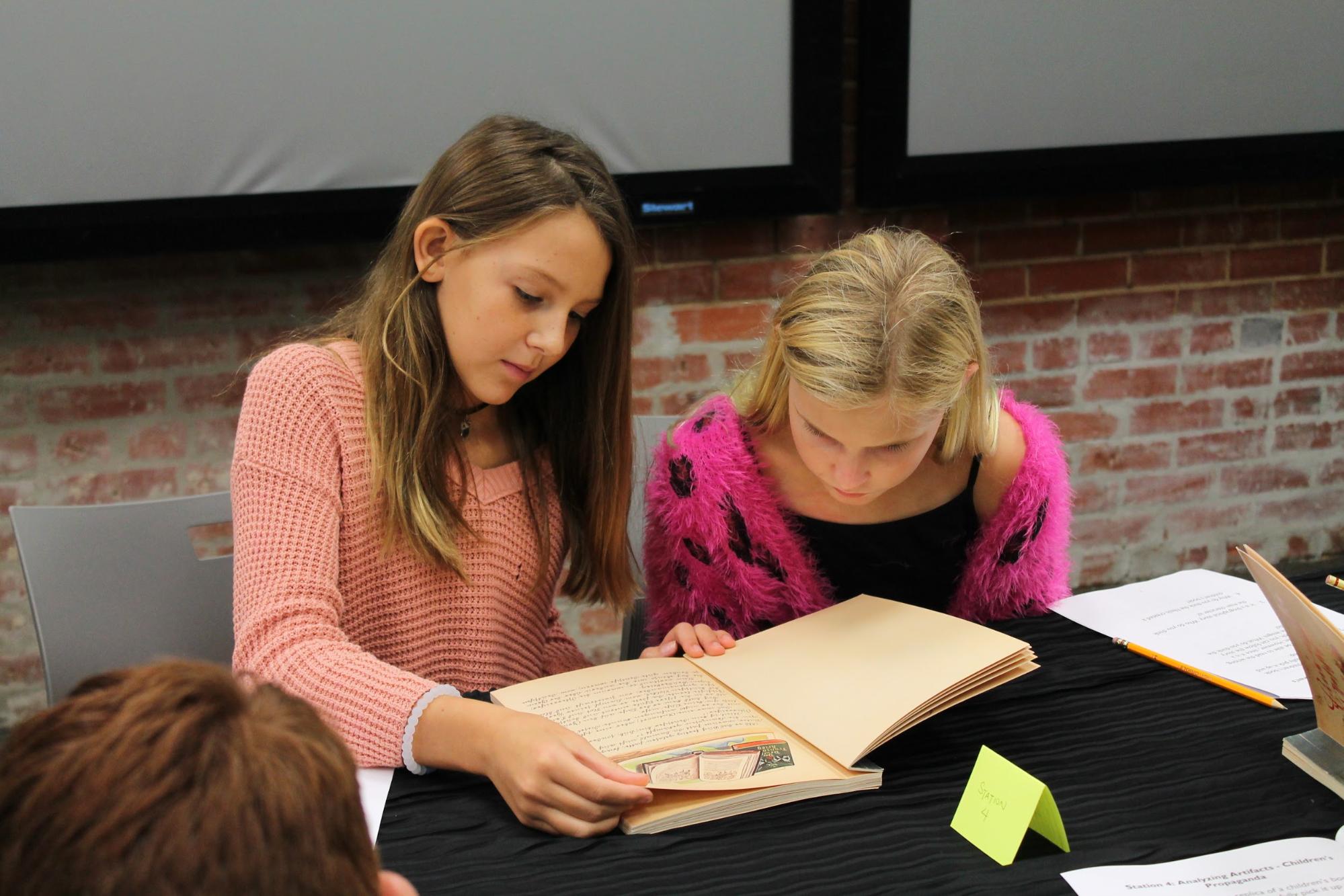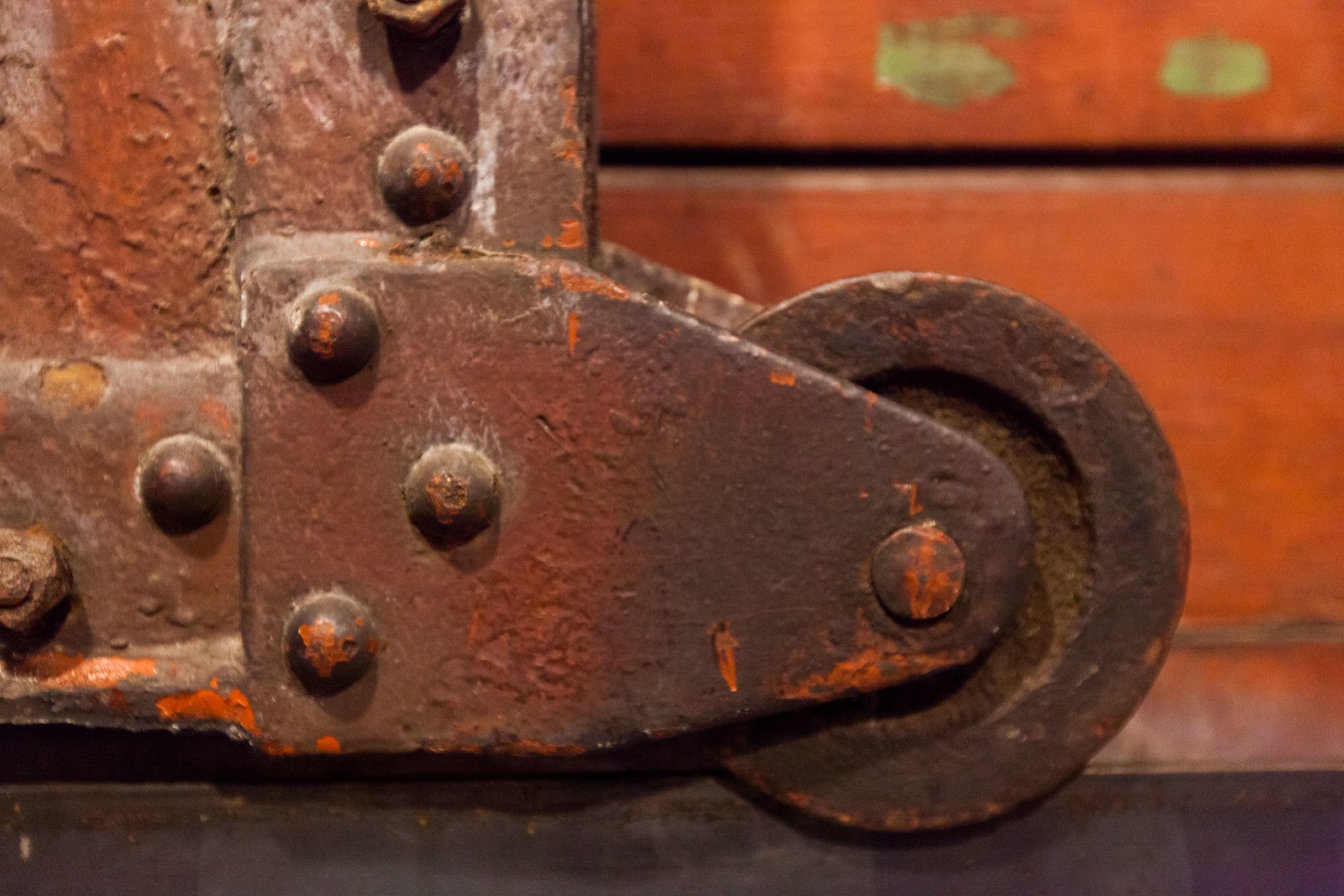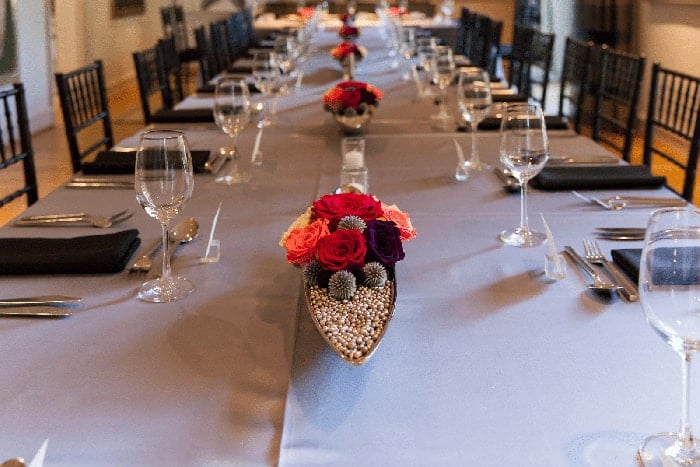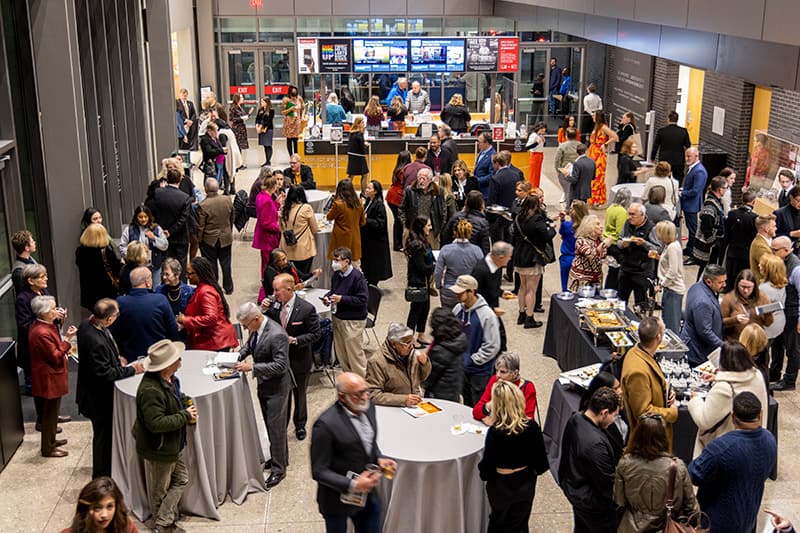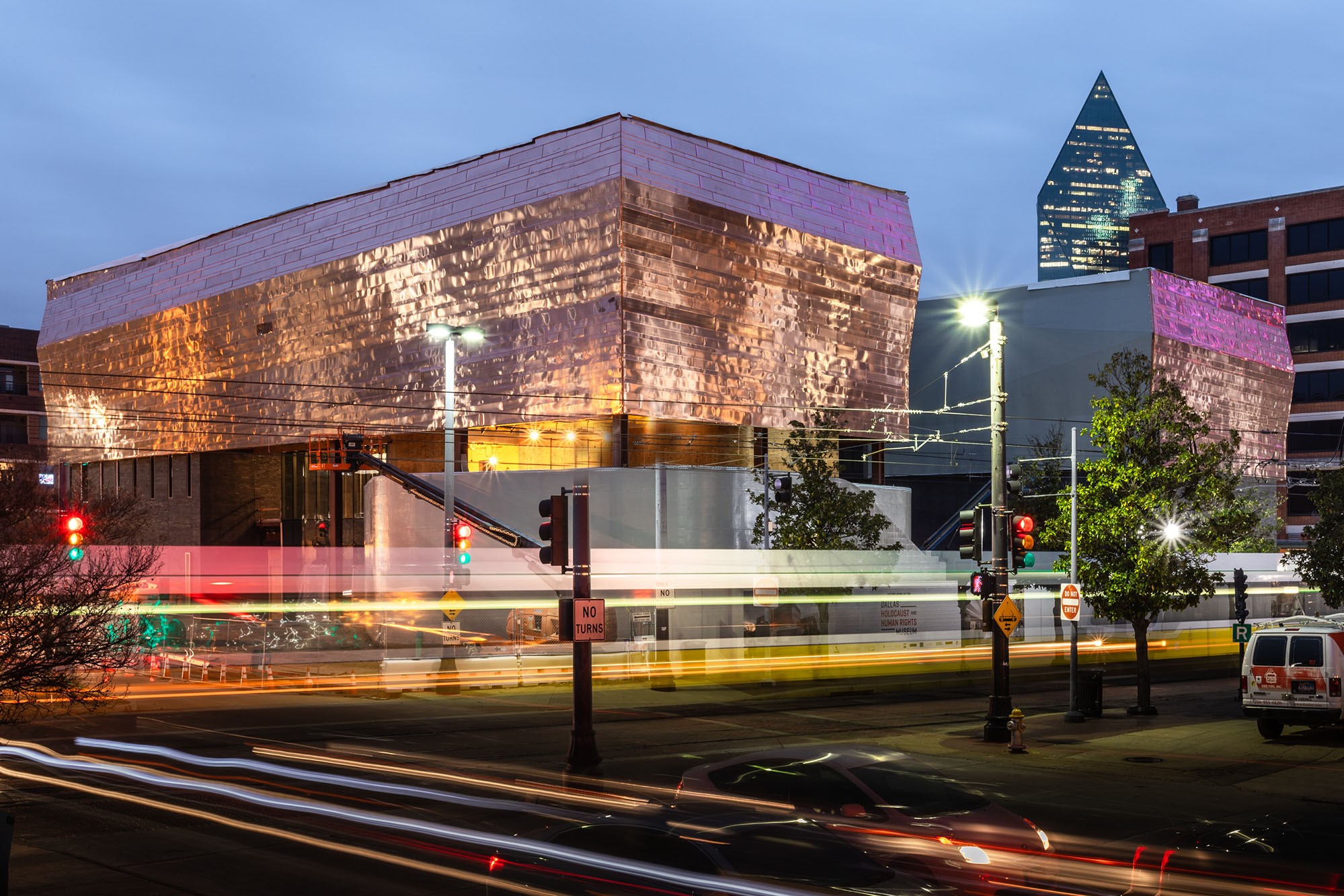Aaron Elster
Aaron Elster was six when World War II began. Born in Sokolow Podlaski, Poland, Aaron, his parents, and his two sisters were forced into a ghetto where they lived for two years. During the ghetto’s liquidation, Aaron fled and reunited with his mother. Aaron’s mother had arranged for a Polish family, the Gurskis, to take in her eldest daughter and told Aaron to go with her. That was the last time he saw his mother. The Gurskis hid Aaron in their attic for two years. Liberated by the Soviet Army in 1945, Aaron’s Uncle Sam (who had fought for Russian Partisans during the war) arrived in Sokolow Podlaski to take care of Aaron and his sister. Over the next three years, they lived in a series of DP camps in Germany. In 1947, Aaron and his sister left for the United States, settling in Chicago. In 1954, Aaron joined the U.S. Army and fought in the Korean War. He married Jacqueline in 1954 and they had two sons. Aaron passed away in 2018 at the age of 85.
Adina Sella
Adina Sella was born Peggy Schaufeld in Hamburg, Germany in 1935. Four years later, her father was arrested. He was released when Adina’s mother secured visas for the family to move to Italy. After their plans to go to Shanghai fell through, they settled in Arezzo where they posed as Catholics. There, Adina and her brother attended a convent school where the nuns protected their Jewish identity. When the nuns and priests learned the Germans were advancing towards Arezzo, they warned the Schaufelds who fled to Anghiari with the assistance of the Italian underground. The Marconi family hid Adina and her family until they were liberated in spring 1944 in the town of Verazzano. The next year, the Schaufelds moved to then-Palestine where Adina attended school and later entered the Israeli Army. In 1956, she left Israel to study in Switzerland where she met her husband, Michael Sella. Adina and Michael later moved to Chicago and had one daughter.
Anita Lasker-Wallfisch
Born in Breslau, Germany in 1925, Anita was the youngest of three girls. In 1942, she attempted to escape to France with her sister, but the two were caught, imprisoned, and eventually deported to Auschwitz-Birkenau. Upon arrival, Anita became a member of the infamous women’s orchestra, which helped her survive. In 1944, she and 3000 other inmates were transferred to Bergen-Belsen. She was liberated by the British in 1945. After the war, Anita moved to England where she lives today.
Eva Kor
Eva Kor was born in 1934 in Portz, Transylvania, Romania. She had a twin, Miriam, and two older sisters. After the Hungarians annexed their town, the Kor family was sent to the town’s ghetto. Shortly after, they were deported to Auschwitz II-Birkenau. Everyone was gassed upon arrival except Eva and Miriam. They were selected by Dr. Josef Mengele and were experimented on daily. The twins were liberated by the Russians in in January 1945. They lived with their aunt in Cluj, Romania for five years and then relocated to Israel in 1950. Two years later, Eva and Miriam were drafted into the Israeli Army. Eva married fellow survivor Michael Kor in 1960 and moved to Terre Haute, Indiana in 1960. There, they had a son and a daughter. Eva founded the organization C.A.N.D.L.E.S (Children of Auschwitz Nazi Deadly Lab Experiments Survivors) in 1984.
Eva Schloss
Born in 1929, Eva lived with her mother, father, and brother Heinz in Vienna until the Nazis annexed Austria in 1938. They fled to Belgium and eventually settled in Amsterdam among other Jewish refugee families, including Anne Frank’s family. She went into hiding in 1942. Eva and her family were betrayed in 1944 and sent to Auschwitz-Birkenau. There, her brother and father were killed. She and her mother were liberated by the Soviets in 1945. After the war, they moved back to Amsterdam and reconnected with Otto Frank. Her mother married Otto Frank in 1953. Eva eventually moved to London, where she lives today.
Fritzie Fritzshall
Fritzie Fritzshall was born in Klucharky, Czechoslovakia where she lived with her mother and two younger brothers. Her father had immigrated to the United States to provide a better life for his family. In 1944, when the Germans invaded, Fritzie and her family were forced into a ghetto. Then they were deported to Auschwitz II-Birkenau where her mother and two brothers were murdered. Fritzie worked as a slave laborer for nearly a year before being sent on a death march to Germany. Managing to escape the march, Fritzie was liberated by the Soviet Army in spring 1945. Afterwards, she moved to the United States and reunited with her father. Eventually settling in Chicago, Fritzie married Norman Fritzshall and became a hairdresser. They had one son.
Israel (Izzy) Starck
Born Israel Storch in 1929 in Podhorany, Czechoslovakia, Izzy and his three sisters were raised in an orthodox household. After the Germans invaded in spring 1944, the Storch family was taken to the Munkacs Ghetto and then deported to Auschwitz II-Birkenau. There Izzy was separated from his mother and sister. He later learned that his mother was gassed upon arrival. Izzy lied about his age during the selection process and entered the camp with his father. They were then sent to Mauthausen and separated. Izzy’s father died in Gusen. From Mauthausen, Izzy was sent to Melk where he dug tunnels for the German Air Force. In early 1945, Melk was evacuated, and Izzy was sent to Ebensee where he was ultimately liberated by the Americans on May 9, 1945. After the war, the American Army took Izzy back to Podhorany where he found his two older sisters who had survived the war. In 1948, Izzy and his sisters immigrated to the United States. After settling in Chicago, Izzy married Ethel and had seven children.
Janine Oberrotman
Janine Oberrotman, an only child, was born in 1925 in Lvov, Poland to a non-religious Jewish family. In 1941, the German Army entered Lvov and Janine’s family was forced to move into the ghetto. Her father was caught stealing potatoes and deported to Janowska Concentration Camp where he was killed. Janine escaped the ghetto and found refuge with an aunt living in a nearby town. Obtaining papers from a non-Jewish friend, she traveled to Ponikwa where her uncle and grandmother were hiding as Christians. Janine’s mother died during the liquidation of the Lvov ghetto. In 1944, Janine was arrested on suspicion of being Jewish, but the Gestapo lacked evidence, so they sent her to Stuttgart as a Polish forced laborer. She spent the rest of the war pretending to be Catholic and was liberated by the French Army in spring 1945. She married fellow survivor Joseph Oberrotman in 1950. In 1953, Janine, Joseph and their son moved to the United States and settled in Chicago where they had two more sons.
Matus Stolov
Matus Stolov was born in 1928 in Minsk, Belorussia. His father died of natural causes in 1936. Under Soviet law, Matus received no religious education growing up, only celebrating Soviet holidays. In 1941, Germany invaded Minsk and built a ghetto around the Jewish section of the city. Matus’ brother Boris escaped, but Matus and his mother did not. They were able to survive routine executions in the ghetto by hiding with the help of a Christian friend named “Big” Yelena. In 1942, “Big” Yelena arranged for Matus and his mother to be smuggled out of the ghetto by Partisans. That same year, they crossed the front lines and settled in Kazan. In June 1945, they were liberated and returned to Minsk. There they learned that Boris died in combat while serving in the Red Army. In 1952, Matus married Victoria, a childhood friend in Minsk. Matus and Victoria immigrated to the United States in the early 1980s where they settled in Chicago with their daughter.
Max Glauben
Born in 1928, Max Glauben grew up in Warsaw with his mother, father, and little brother Heniek. His family’s apartment was in the area designated for the Warsaw Ghetto, so he was confined to the ghetto from its creation until the defeat of the Warsaw Ghetto Uprising in May 1943. He and his family were deported in a box car to Majdanek, a death camp on the outskirts of Lublin. At Majdenek, his mother and little brother were killed. Max and his father were selected for slave labor and transported to Budzyn. There his father was killed as retribution for three missing inmates. Max was held in four other slave labor camps before being sent on a death march to Dachau. A few weeks into the death march, Max and his fellow inmates were liberated by the US Army. He immigrated to the United States in 1947 and eventually moved to Dallas, where he married, raised a family, and helped found the Dallas Holocaust and Human Rights Museum. Max passed away at the age of 94 in 2022. He inspired Upstanders with the thousands of talks he gave about his experiences in the Holocaust and continues to do so through Dimensions℠.
Pinchas Gutter
Born in 1932 in Lodz, Pinchas grew up in an Orthodox home with his father, mother, and twin sister Sabina. When war broke out, his family relocated to Warsaw to be with relatives, eventually moving to the Warsaw Ghetto. They hid in a bunker during the uprising in 1943. After a few weeks, Pinchas and his family were discovered and deported to Majdanek. Upon arrival his parents and sister were murdered, but Pinchas was selected for slave labor. He survived four concentration camps before being sent on a death march to Theresienstadt. Pinchas was liberated by the Red Army in May 1945. Since liberation Pinchas has lived in different countries all over the world. In 1985, Pinchas immigrated to Toronto where he still lives today.
Sam Harris
Born Szlamek Rzeznik in Demblin, Poland to a large Orthodox family, Sam was 4 in 1939 when the war began. Sam, his seven siblings and parents were forced to move into a ghetto. They lived there for almost three years before the ghetto was liquidated in 1942. His entire family, apart from his sisters Sara and Rosa, was deported to Treblinka and murdered in the gas chambers. Rosa, the eldest sister, worked as a slave laborer in the concentration camp outside of Demblin and was able to hide Sam and Sara inside the camp. In 1944, the three children were transported to Czestochowa where Rosa was able to hide her siblings again. They were liberated by the Soviet Army in 1945. Sam and Sara were placed in an orphanage after Rosa married and left for Austria but were later smuggled out by Rosa and sent to New York City. After arriving, they were adopted by different families. Sam was adopted by the Harris Family and moved to Chicago. Sam later married Janice and had two children.
Dimensions in Testimony℠ is a collection of interactive biographies from USC Shoah Foundation that enable people to have conversations with pre-recorded video images of Holocaust survivors and other witnesses to genocide.
Dimensions in Testimony℠ is an initiative by USC Shoah Foundation to record and display testimony in a way that will preserve the dialogue between Holocaust Survivors and learners far into the future. Collaborating within the project are Illinois Holocaust Museum and Education Center, with technology by USC Institute for Creative Technologies, and concept by Conscience Display. Funding for Dimensions in Testimony℠ was provided in part by Pears Foundation, Louis. F. Smith, Melinda Goldrich and Andrea Clayton/Goldrich Family Foundation in honor of Jona Goldrich, and Illinois Holocaust Museum and Education Center. Other partners include CANDLES Holocaust Museum and Education Center.
An Immersive, Interactive Journey Unlike Any Other
Please join us for a visit. Unforgettable doesn't begin to describe the experience.
